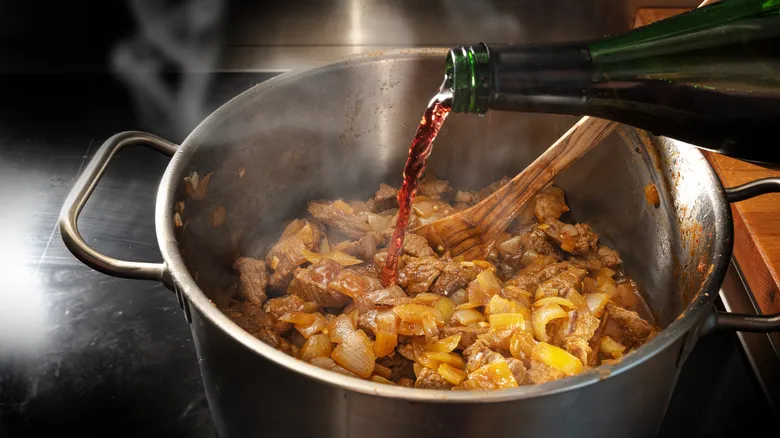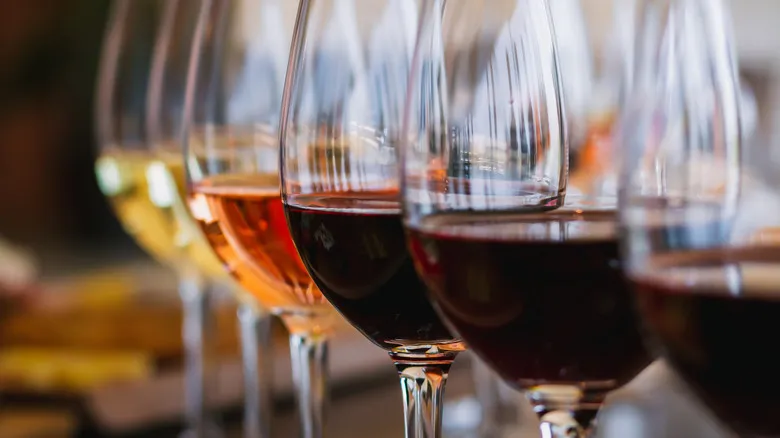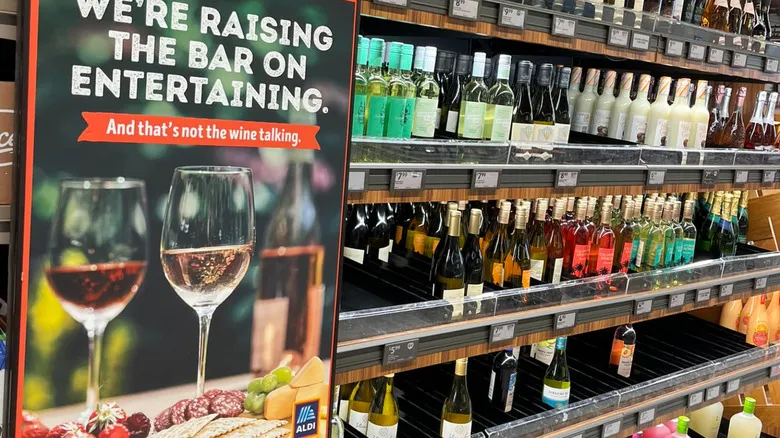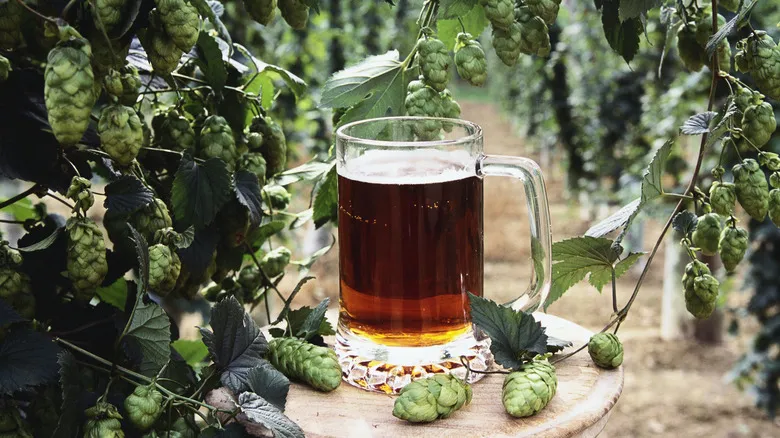Other common mistakes when cooking with wine

Certainly! Here’s a rewritten version of the text:
Naturally, undercooking your wine isn't the only error that Alex Guarnaschelli cautions against. One important consideration is the choice of wine to incorporate into your dish. You might feel inclined to use a high-end bottle while cooking—after all, you want to infuse your dish with the finest flavors. However, this may not be the wisest decision. Guarnaschelli points out that "many of the most delicate flavors evaporate during cooking." Therefore, using a complex and pricey wine in your pot roast or chicken marsala could be a futile effort. For those more expensive wines, it’s likely better to enjoy them in a glass rather than in a cooking pot.
Another frequent error when using wine in cooking is overdoing it. Excessive wine can dominate a dish, disrupting the balance and resulting in an overly acidic, wine-heavy flavor. Keep in mind that achieving harmony among all ingredients is key, rather than concentrating solely on one. To remedy this issue, Guarnaschelli recommends incorporating a fat like butter or olive oil to help tone down the wine's intensity. She also suggests adding pureed onions or apples (for desserts) to "soften the wine flavor." These strategies can empower you to cook with wine confidently. After all, cooking is all about balance, and most mistakes can be easily fixed.
What wine adds to your dish

It's essential to recognize that despite the possibility of kitchen mishaps, wine remains an excellent ingredient in a variety of dishes. So, what exactly does wine contribute to food? As Alex Guarnaschelli explains, wine is "fantastic for adding acidity to rich dishes." This means it can enhance meals that might otherwise feel too heavy, rich, or buttery. Essentially, wine should be used to infuse brightness into a dish, and the type of wine you select should harmonize with the other ingredients in your recipe. For instance, red wines offer a complexity that pairs well with beef roasts, while white wine, being milder and often featuring crisp citrus notes, is a better fit for lighter seafood dishes.
You can also take a different approach by allowing your wine to inspire your recipe, using its flavor profile as a guide for your culinary creations. As Guarnaschelli points out, "Wine of any kind evokes personal reactions and taste sensations." Therefore, you should let those feelings and sensations steer your cooking. This might just be the secret to mastering the art of cooking with wine. And even if you encounter a few mistakes along the way, you'll likely have enough wine left in the bottle to enjoy a comforting glass of red or white, which is always a plus.
Recommended

The Highest Awarded Wines You Can Buy At Aldi

The Key Ingredient That Makes Beer Bitter

Here's Where You'll Find The Cheapest Beer In The World

These Are The Sweetest And Driest Red Wines You Can Drink
Next up

